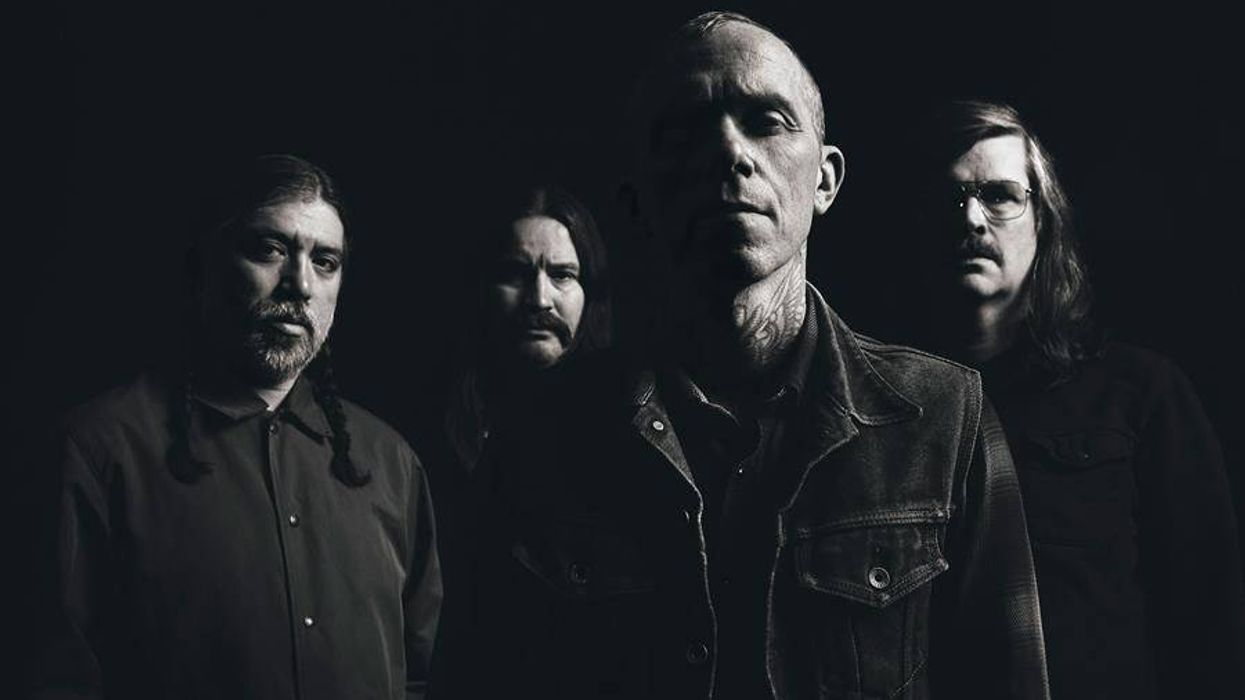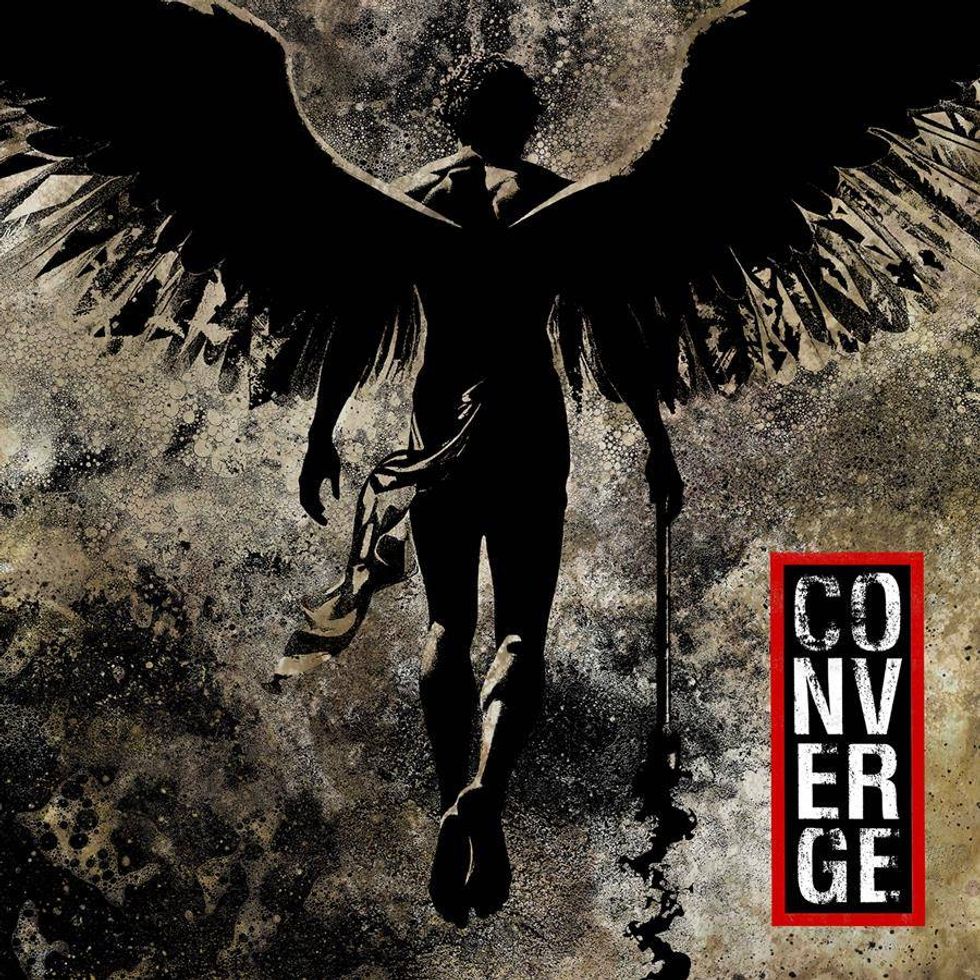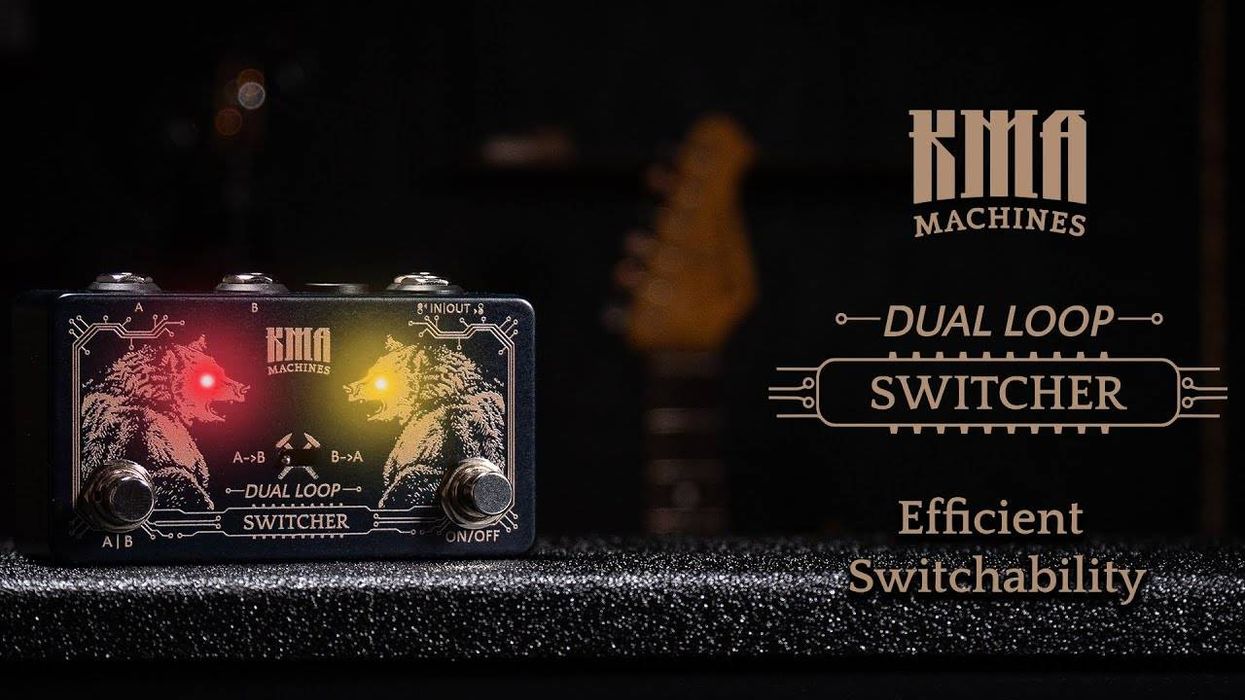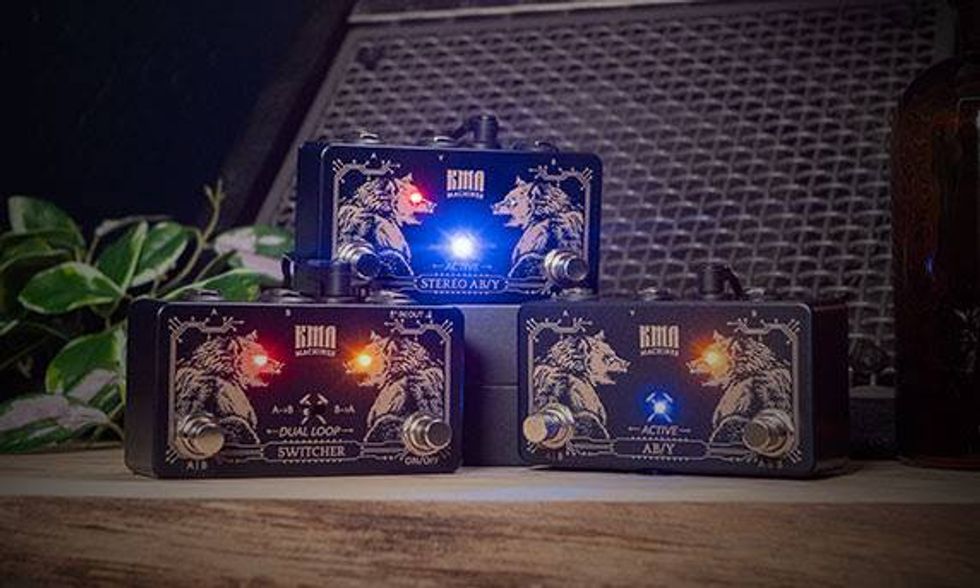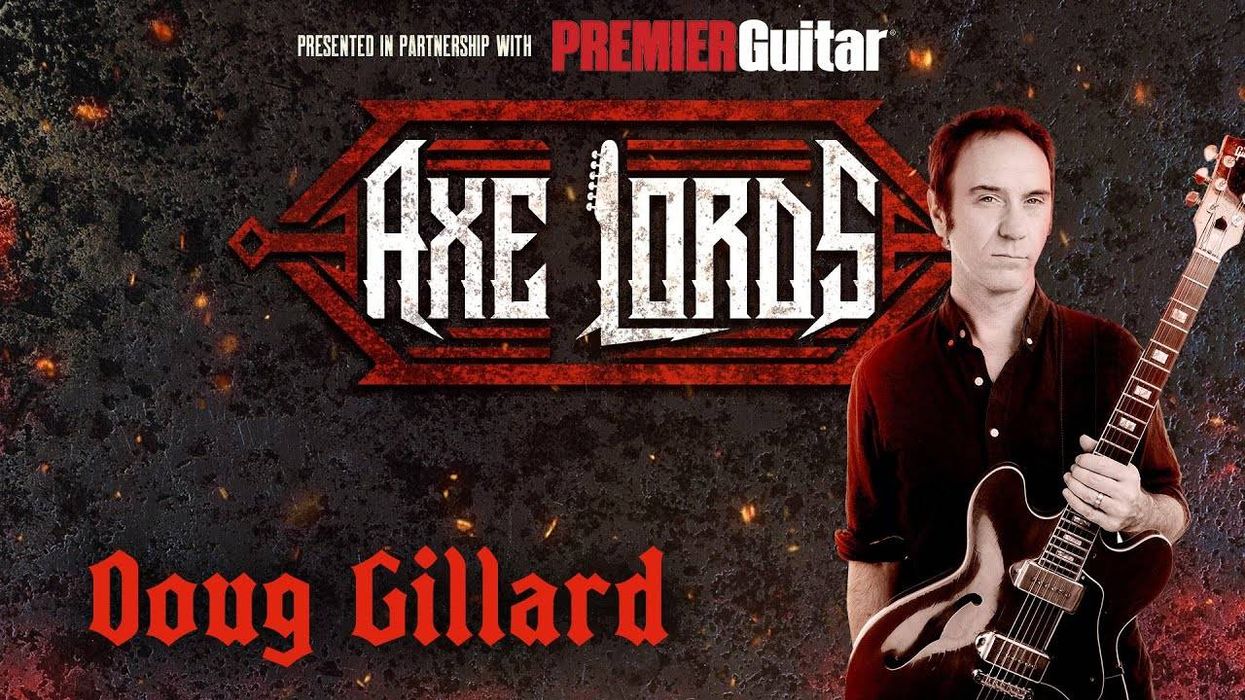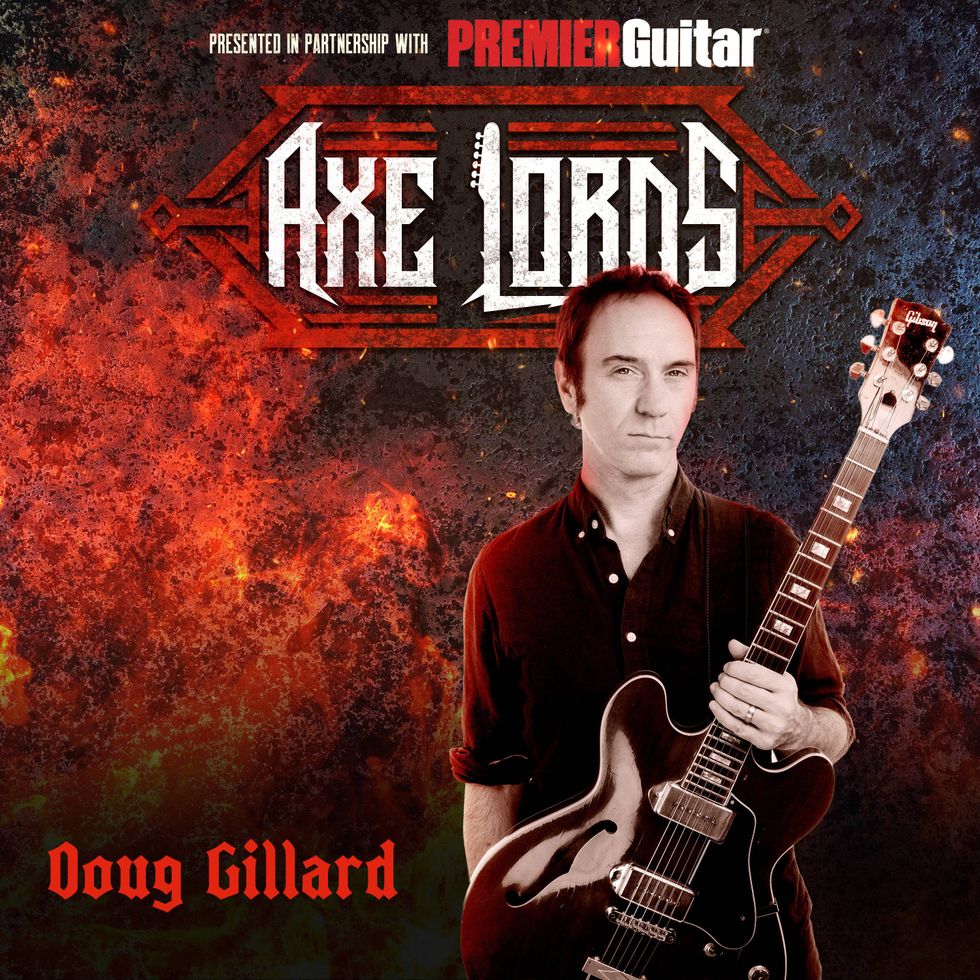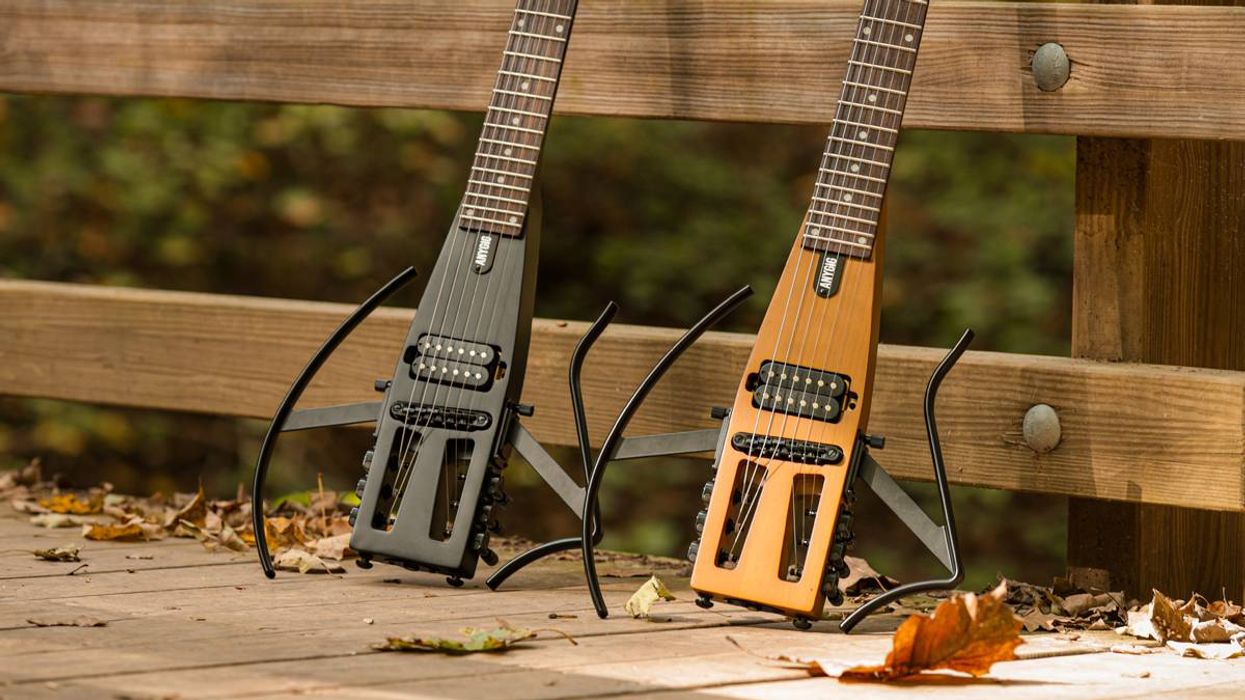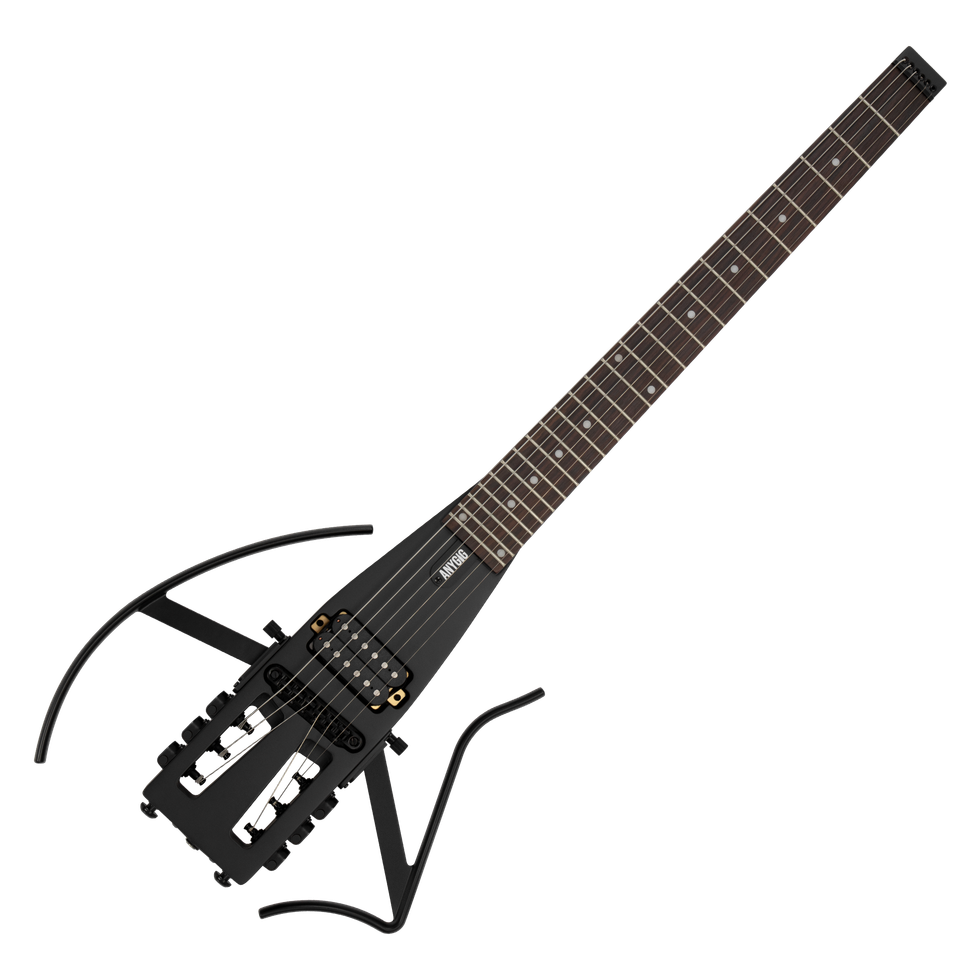On a record that came out recently called Ray’s Way by drummer/producer Ray Levier (Origin), I was able to record and mix two great guitarists, John Abercrombie and Mike Stern. Interestingly, both had stereo rigs on the sessions. Stern used a pair of Yamaha G100s and some Yamaha and Boss effects to get his well-known tone. Abercrombie used his standard setup, which I was able to ask him about afterwards. So this month, instead of me doing all the talking, let’s let J.A. take it.
Tell me about the stereo rig you used on that session.
Well, the home setup is different from the one I used on the recording. The main thing that splits the signal into two amps is a really old multi-effects processor made by Boss, called the SE-50 Stereo Effects Processor. It’s a half-rack unit that gives me mostly reverb— but I also use a tad of chorus and delay, mixed way back. That splits the signal into two amps. This is something I’ve been doing for about twenty years now.
For Ray’s session, I brought my old Polytone and split it with a Roland JC-77. I also use a JC-120 sometimes as well. Those are my two amps of choice when I record. In the past I’ve had different setups, but this is the rig I’ve been using for a long time.
What does stereo give you as a player?
It’s what you would imagine. It’s just the spread of the sound, and hearing yourself surrounded a little more, rather than coming from one place. I figure, we have two ears, so why not have two amps? I like to hear from both sides.
If one amp is missing, I really do feel something lacking. When I do have to play mono, it takes me a little time to get used to it. I think playing through two amps not only creates the spread of the sound, but it creates a certain feel on the guitar that seems to make it a little easier to play. I can play lighter when I play with two amps… the other advantage is that you can turn them up without getting distortion. I think that was the first reason I used that setup, and I got the idea from Pat Metheny a long time ago. I asked him, and he said he was tired of playing through one amp and always having it overload on him. Basically it’s like having more headroom.
Have you tried another method to split them, or do you feel this works best?
No, this is the method. But for a while, I had a little preamp/power amp setup. I had a Walter Woods power amp and a Mesa/ Boogie preamp and I would connect all that gear, but I still used the SE-50 as my splitter. That was the main thing that gave me stereo. That rig was probably the ultimate sound; it was very warm and rich. I actually lost that in a fire some years ago and never really thought about replacing it just like that.
But when I traveled, I couldn’t take the rig on the road all the time, because of the schlep factor, and also when things broke down in the middle of Europe it was hard to get it fixed. So now I just take the reverb, a small volume pedal, a little distortion box, in case I want to get exciting, and that’s basically it. It lets me travel really minimally and get my sound out of basically any amps—as long as there’s nothing wrong with them!
Do you always go hard left and right at the mix stage with your sound?
Not always, but I sort of prefer that—or more left and right than not. It’s been recorded several different ways, and I’ve actually heard records where I am a little more to the left or right. But if it’s my own recording, I like to have it a little harder left and right—but it doesn’t have to be all the way.
Guitar-wise, do you always play the same thing?
Most of the time (and what I used on Ray’s record) I play a small guitar made by Brian Moore Custom Guitars. They make beautiful instruments, and the one I play is like a Les Paul-style guitar with f-holes and a spruce top, which gives me a light, airy type of sound compared to a pure solidbody. I have lots of guitars, such as a Sadowsky archtop, a 335-style made by Rick McCurdy, and of course Teles and Les Pauls. But overall, to get my sound, I can just take a guitar, some multi-effects and some cables, and I’m in business.
Rich Tozzoli
Rich is a producer, engineer and mixer who has worked with artists ranging from Al DiMeola to David Bowie. A life-long guitarist, he’s also the auther of Pro Tools Surround Sound Mixing and composes for such networks as Discovery Channel, Nickelodeon and National Geographic.
Tell me about the stereo rig you used on that session.
Well, the home setup is different from the one I used on the recording. The main thing that splits the signal into two amps is a really old multi-effects processor made by Boss, called the SE-50 Stereo Effects Processor. It’s a half-rack unit that gives me mostly reverb— but I also use a tad of chorus and delay, mixed way back. That splits the signal into two amps. This is something I’ve been doing for about twenty years now.
For Ray’s session, I brought my old Polytone and split it with a Roland JC-77. I also use a JC-120 sometimes as well. Those are my two amps of choice when I record. In the past I’ve had different setups, but this is the rig I’ve been using for a long time.
What does stereo give you as a player?
It’s what you would imagine. It’s just the spread of the sound, and hearing yourself surrounded a little more, rather than coming from one place. I figure, we have two ears, so why not have two amps? I like to hear from both sides.
If one amp is missing, I really do feel something lacking. When I do have to play mono, it takes me a little time to get used to it. I think playing through two amps not only creates the spread of the sound, but it creates a certain feel on the guitar that seems to make it a little easier to play. I can play lighter when I play with two amps… the other advantage is that you can turn them up without getting distortion. I think that was the first reason I used that setup, and I got the idea from Pat Metheny a long time ago. I asked him, and he said he was tired of playing through one amp and always having it overload on him. Basically it’s like having more headroom.
Have you tried another method to split them, or do you feel this works best?
No, this is the method. But for a while, I had a little preamp/power amp setup. I had a Walter Woods power amp and a Mesa/ Boogie preamp and I would connect all that gear, but I still used the SE-50 as my splitter. That was the main thing that gave me stereo. That rig was probably the ultimate sound; it was very warm and rich. I actually lost that in a fire some years ago and never really thought about replacing it just like that.
But when I traveled, I couldn’t take the rig on the road all the time, because of the schlep factor, and also when things broke down in the middle of Europe it was hard to get it fixed. So now I just take the reverb, a small volume pedal, a little distortion box, in case I want to get exciting, and that’s basically it. It lets me travel really minimally and get my sound out of basically any amps—as long as there’s nothing wrong with them!
Do you always go hard left and right at the mix stage with your sound?
Not always, but I sort of prefer that—or more left and right than not. It’s been recorded several different ways, and I’ve actually heard records where I am a little more to the left or right. But if it’s my own recording, I like to have it a little harder left and right—but it doesn’t have to be all the way.
Guitar-wise, do you always play the same thing?
Most of the time (and what I used on Ray’s record) I play a small guitar made by Brian Moore Custom Guitars. They make beautiful instruments, and the one I play is like a Les Paul-style guitar with f-holes and a spruce top, which gives me a light, airy type of sound compared to a pure solidbody. I have lots of guitars, such as a Sadowsky archtop, a 335-style made by Rick McCurdy, and of course Teles and Les Pauls. But overall, to get my sound, I can just take a guitar, some multi-effects and some cables, and I’m in business.
Rich Tozzoli
Rich is a producer, engineer and mixer who has worked with artists ranging from Al DiMeola to David Bowie. A life-long guitarist, he’s also the auther of Pro Tools Surround Sound Mixing and composes for such networks as Discovery Channel, Nickelodeon and National Geographic.



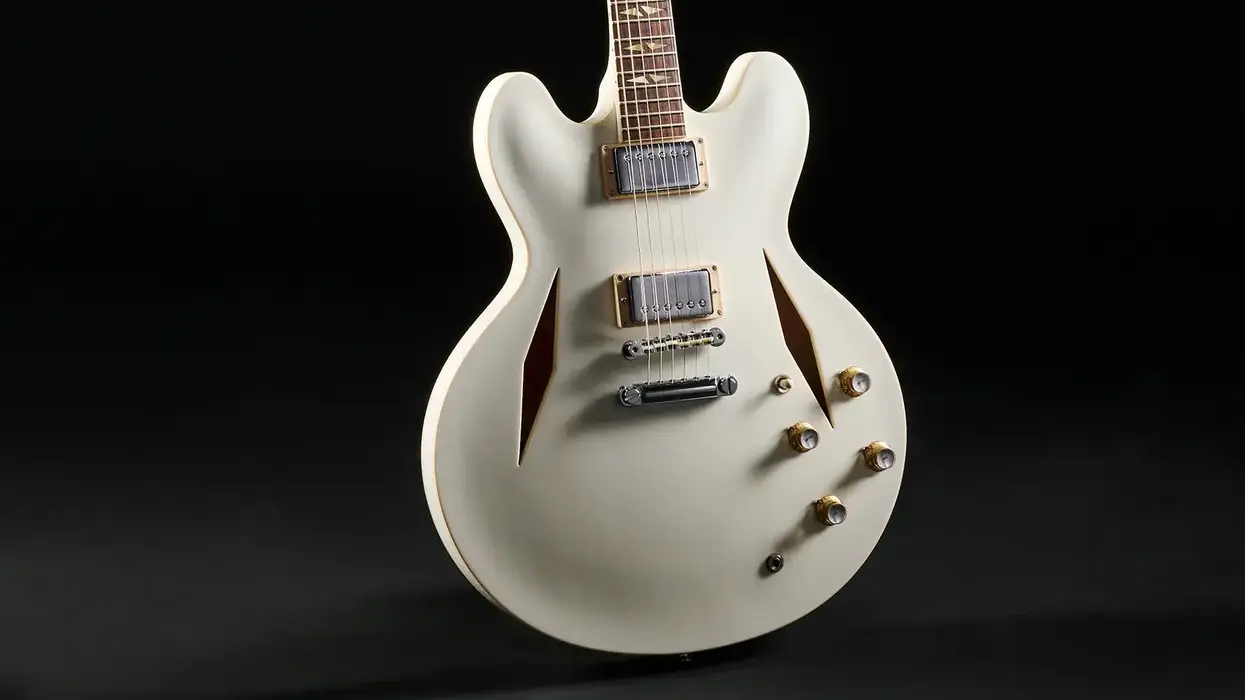

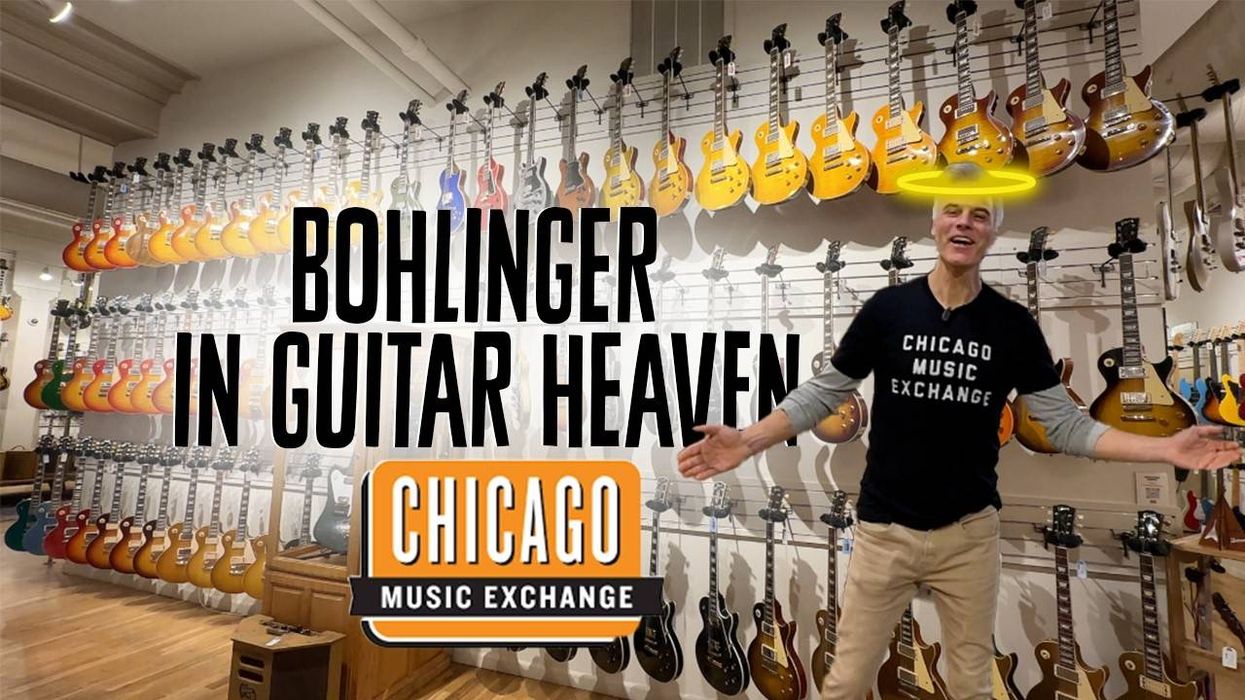
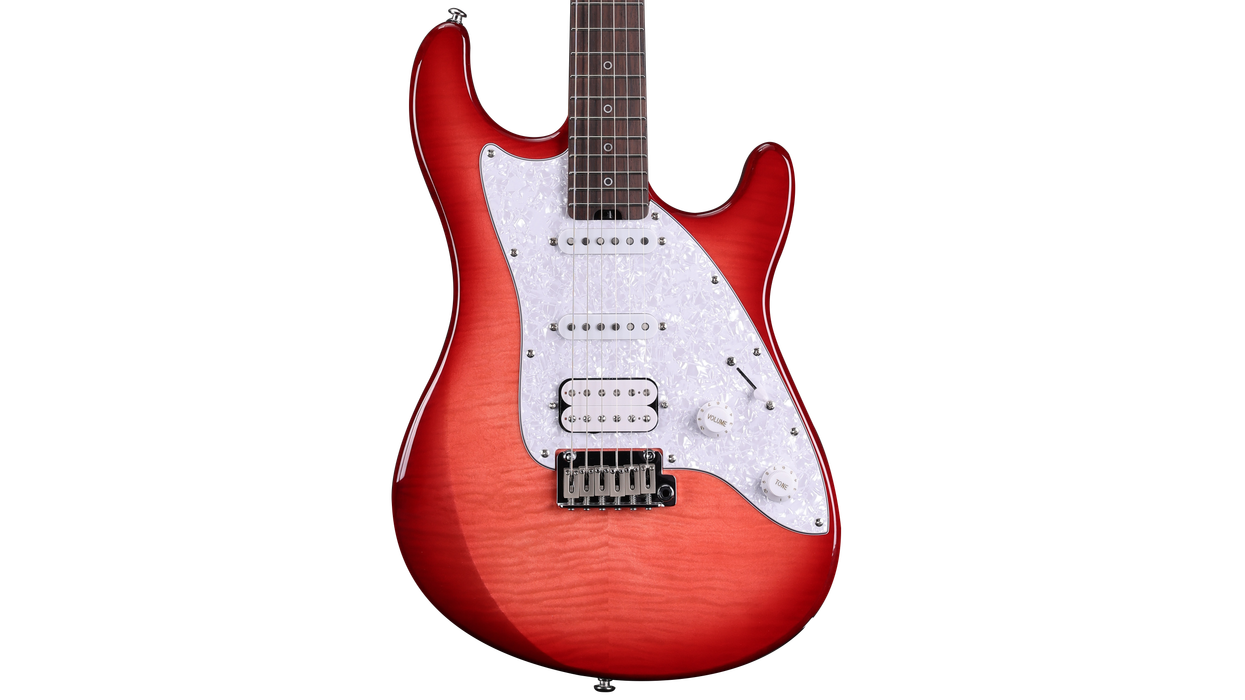
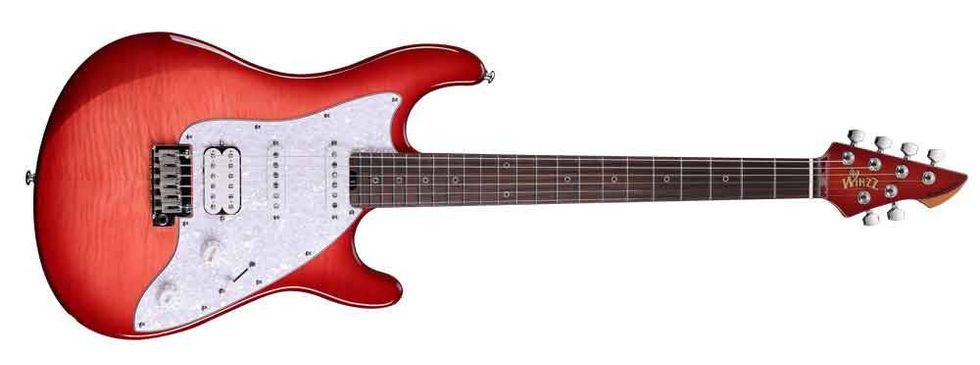
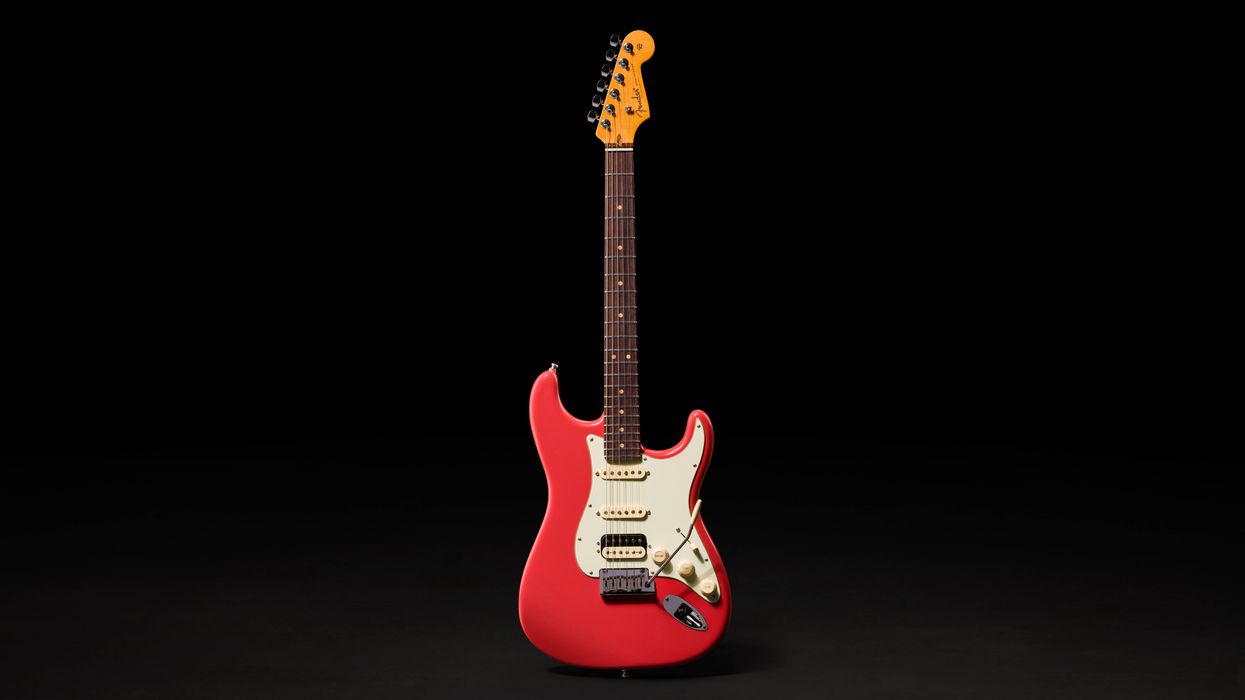
![Rig Rundown: AFI [2025]](https://www.premierguitar.com/media-library/youtube.jpg?id=62064741&width=1245&height=700&quality=70&coordinates=0%2C0%2C0%2C0)
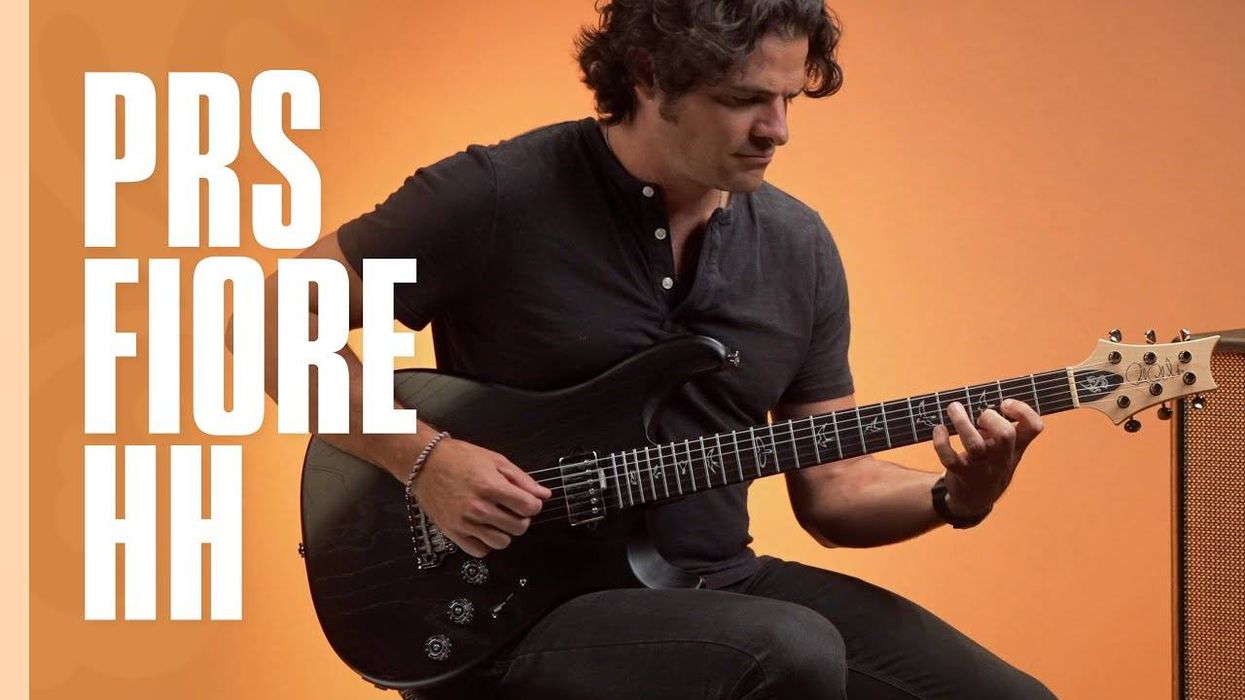

![Devon Eisenbarger [Katy Perry] Rig Rundown](https://www.premierguitar.com/media-library/youtube.jpg?id=61774583&width=1245&height=700&quality=70&coordinates=0%2C0%2C0%2C0)

